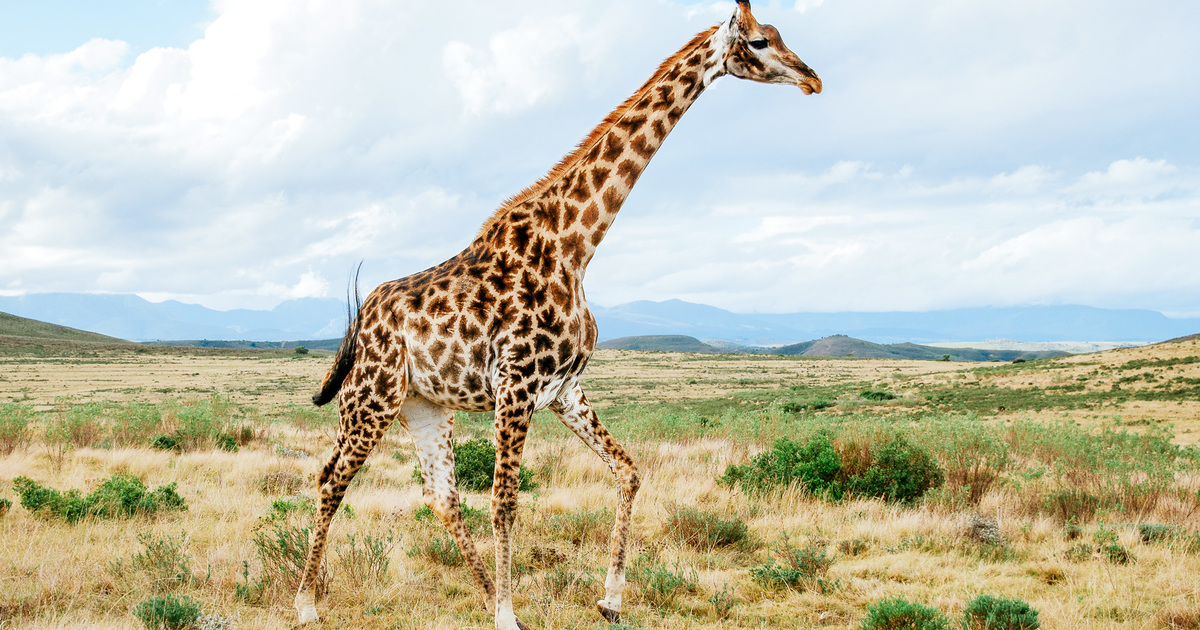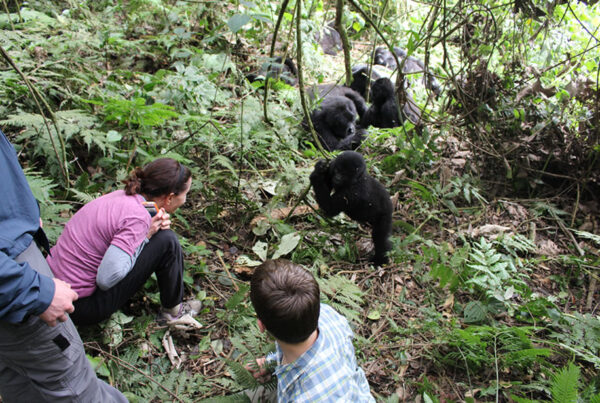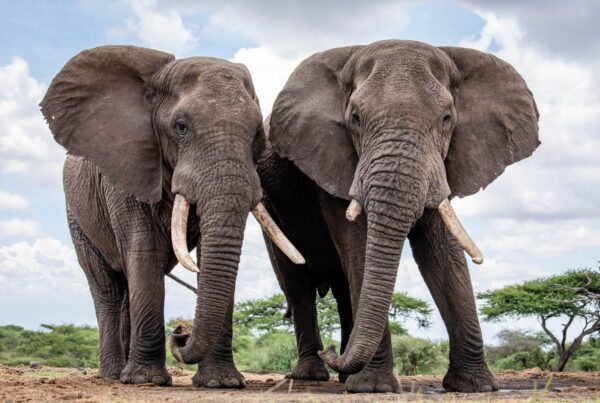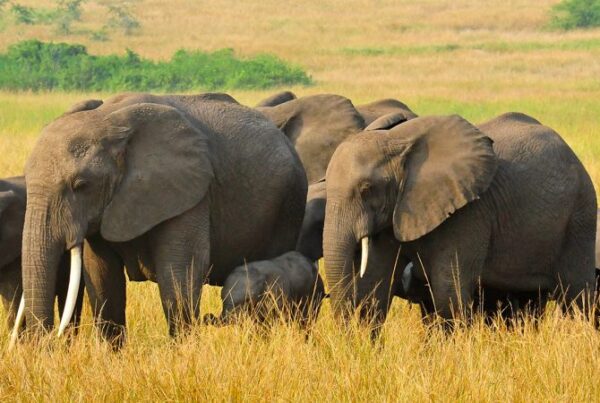5 Fascinating Facts About the Giraffe
Facts About the Giraffe
The Towering Icon of the African Wilderness
Graceful, majestic, and unmistakably unique, the Giraffe stands as one of the most captivating creatures in the African savannah. With its impossibly long neck, towering legs, and hypnotic gait, the giraffe (Giraffa camelopardalis) commands attention wherever it roams. These towering mammals are more than just safari favorites; they are ecological marvels and evolutionary masterpieces.
Every element of their anatomy and behavior tells a story of adaptation, resilience, and survival. In this article, we delve into five of the most fascinating facts about giraffes, peeling back the layers of these gentle giants to reveal their complexity and significance within the African ecosystem.
The Long Neck Mystery: Not Just for Reaching Leaves
The giraffe’s neck, which can stretch up to two meters in length, is undoubtedly its most iconic feature. For years, biologists assumed that this extraordinary adaptation evolved primarily to help giraffes reach the leaves of tall trees, especially acacias, which other herbivores could not access.
While this is certainly one advantage, newer research suggests that the giraffe’s neck also plays a pivotal role in social competition. In what scientists call “necking” behavior, males engage in dramatic battles using their necks as weapons. They swing their heads like hammers, striking their opponents in displays of strength and dominance. These contests determine mating rights and social hierarchy among males.
Interestingly, despite their long necks, giraffes have the same number of neck vertebrae as humans: seven. However, each vertebra can be over ten inches long and is connected by ball-and-socket joints that allow incredible flexibility. This anatomical marvel showcases how evolution can work within structural limitations to produce extraordinary outcomes, balancing both function and form in service of survival and reproduction.
A Heart Built for Height: Circulatory Wonders
To pump blood all the way to a brain located more than two meters above the heart, giraffes have evolved one of the most powerful cardiovascular systems in the animal kingdom. Their heart, which can weigh up to eleven kilograms, generates double the blood pressure of an average large mammal. This enormous pressure is necessary to overcome gravity, ensuring consistent blood flow to the brain even during rapid movements or when raising and lowering their heads.
In addition to a powerful heart, giraffes possess uniquely adapted blood vessels with valves that regulate pressure and prevent fainting or hemorrhaging. When a giraffe lowers its head to drink, a complex network of vessels known as the “rete mirabile” helps manage the sudden changes in blood pressure. Without this intricate system, giraffes would suffer catastrophic consequences each time they drank from a water source.
These circulatory adaptations not only support the giraffe’s extreme height but also reveal nature’s ingenious ability to create systems capable of overcoming seemingly impossible physical challenges.
Social Structures and Silent Communication
Giraffes are social animals, often seen moving in loose aggregations called towers. These groups are fluid, with individuals coming and going, but social bonds—particularly among females—can be strong and enduring. Female giraffes often form matrilineal groups where mothers, daughters, and even grandmothers cohabitate and protect the young collectively.
Communication among giraffes has long baffled scientists due to the animal’s relative silence. Recent studies, however, have uncovered that giraffes communicate through infrasound—low-frequency sounds below the range of human hearing. These deep rumbles can travel over long distances, enabling giraffes to stay connected even when dispersed across vast landscapes. Additionally, they use body language, eye contact, and subtle movements of their necks and tails to convey intentions and emotions.
This understated social complexity challenges earlier assumptions that giraffes were largely solitary and unsophisticated in their interactions. On the contrary, they exhibit a nuanced social intelligence and emotional depth that align with the rich behavioral repertoires of elephants and primates.
An Ecological Keystone: Giraffes as Landscape Architects
Giraffes are more than just passive consumers of foliage; they are active shapers of their environments. As browsers, they feed on the upper canopies of trees and shrubs, influencing the growth patterns of vegetation and the availability of resources for other animals. Their feeding behavior often stimulates plant regeneration, helping maintain ecological balance.
Moreover, giraffes serve as crucial pollinators. As they feed, they inadvertently transfer pollen from one plant to another, facilitating the reproductive cycles of various tree species. Their large size also makes them effective seed dispersers; seeds ingested by giraffes are deposited in their dung over wide distances, promoting biodiversity.
By fulfilling these multiple ecological roles, giraffes act as keystone species whose presence supports the survival of countless other organisms. Their disappearance would ripple across the ecosystem, leading to unforeseen imbalances and the potential collapse of interconnected food webs.
Conservation Challenges and Global Importance (Facts About the Giraffe)
Despite their grandeur, giraffes face growing threats in the wild. Habitat loss due to agricultural expansion, deforestation, and urbanization has fragmented their ranges, pushing populations into smaller, more isolated pockets. Additionally, giraffes are sometimes hunted for their meat, hides, and even tails, which are considered status symbols in some cultures.
Climate change has further exacerbated these issues by altering rainfall patterns and reducing the availability of the trees giraffes depend on for food. Once thought to be stable, giraffe populations have declined by nearly 40% over the past three decades, prompting conservationists to label this trend a “silent extinction.”
In response, several conservation organizations and national governments have launched initiatives aimed at giraffe protection. These include the creation of protected areas, anti-poaching patrols, and community-based conservation programs that involve local people in safeguarding giraffe habitats. Raising awareness and fostering appreciation for giraffes is also critical, especially in regions where economic pressures may lead to their exploitation.
Giraffes are not only African icons but global ambassadors for wildlife conservation. Their plight serves as a stark reminder of how easily even the most recognizable and admired animals can slip toward endangerment without vigilant stewardship.
Experience the Majesty of Giraffes with WildHorn Africa
To witness the towering grace of giraffes in the wild is an experience that transcends the ordinary. Whether they are galloping across open plains, reaching effortlessly for treetop foliage, or nurturing their calves beneath the vast African sky, giraffes captivate the imagination and stir a deep sense of wonder.
WildHorn Africa offers exceptional safari experiences that bring you face-to-face with these gentle giants in their natural habitat. Expert guides, tailor-made itineraries, and a strong commitment to conservation ensure that your journey is both unforgettable and impactful. From the Serengeti to the Kalahari, every WildHorn Africa safari promises intimate encounters with giraffes and a deeper appreciation of the wild landscapes they call home.
Book your next African adventure with WildHorn Africa and take the first step toward discovering the incredible world of giraffes. Let your safari be more than a journey—make it a tribute to nature, a celebration of wildlife, and a legacy of responsible travel.
Facts About the Giraffe #Facts About the Giraffe Facts About the Giraffe





 WildHorn Africa – Authentic and unforgettable tours across Africa, guided by local experts who know the land, wildlife, and culture best.
WildHorn Africa – Authentic and unforgettable tours across Africa, guided by local experts who know the land, wildlife, and culture best.


